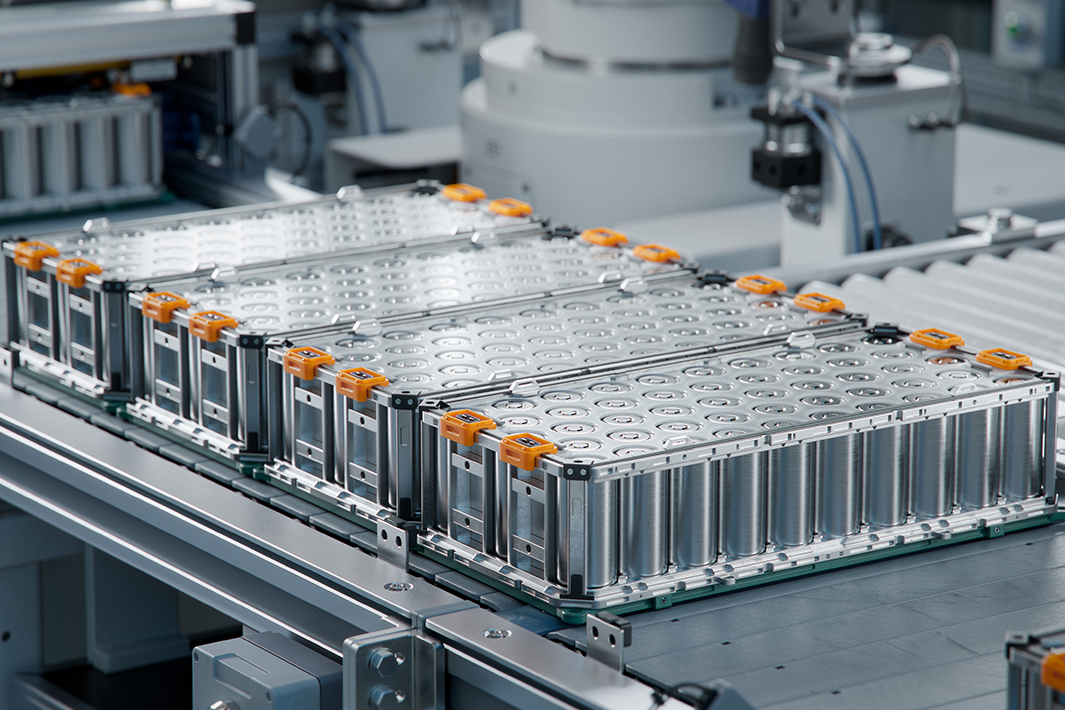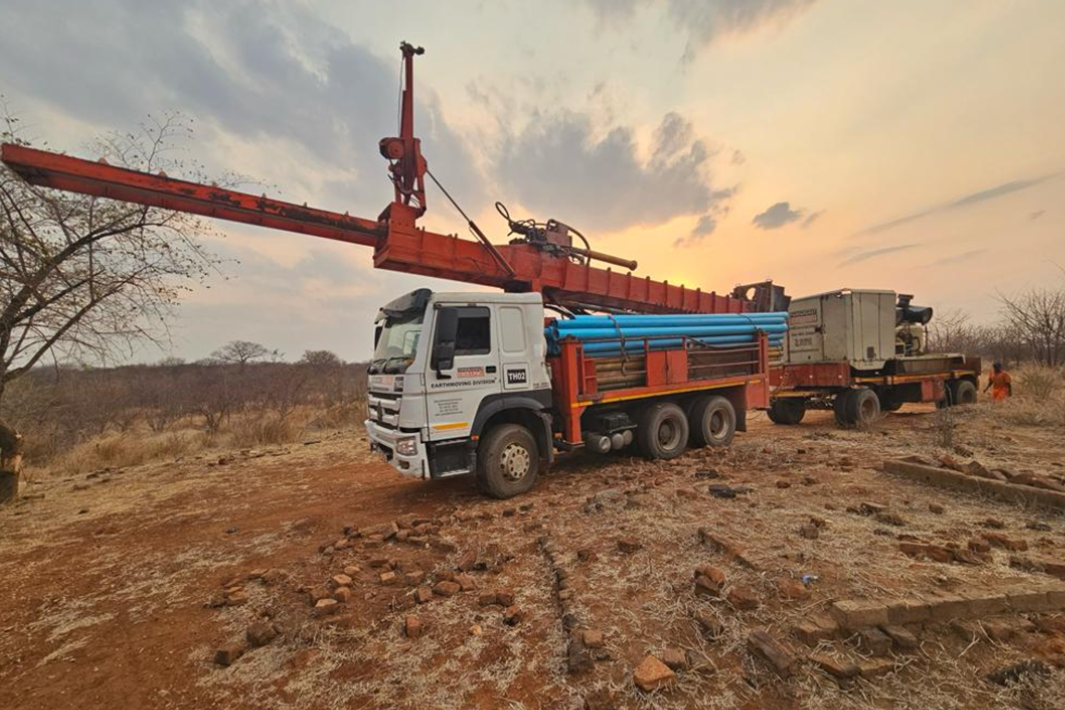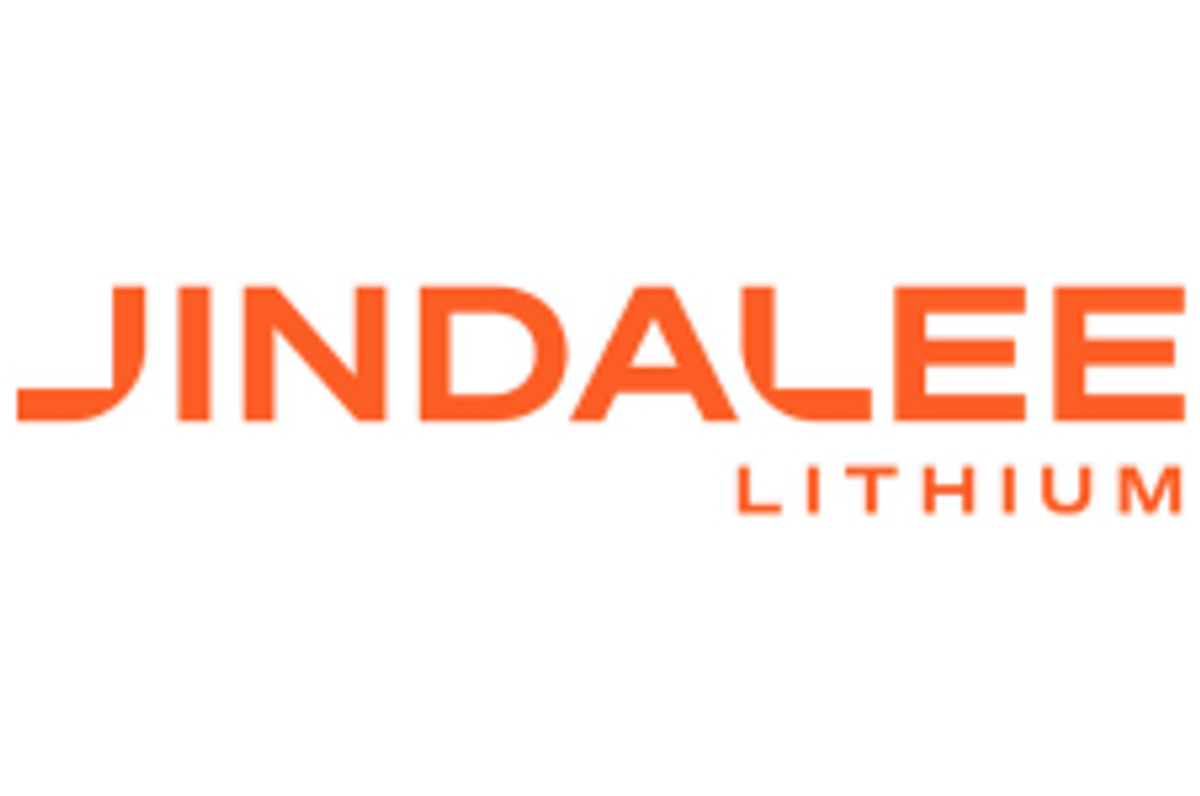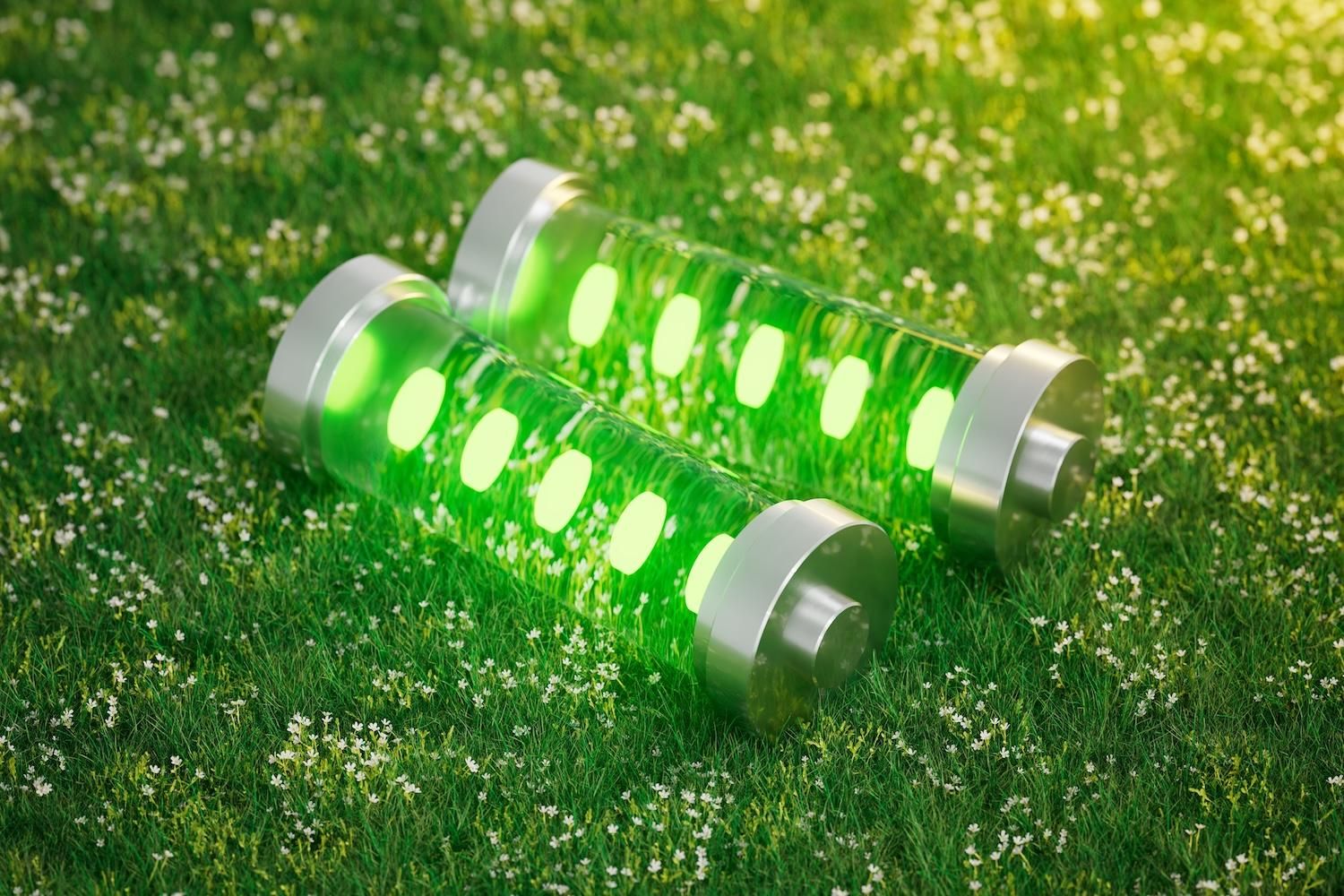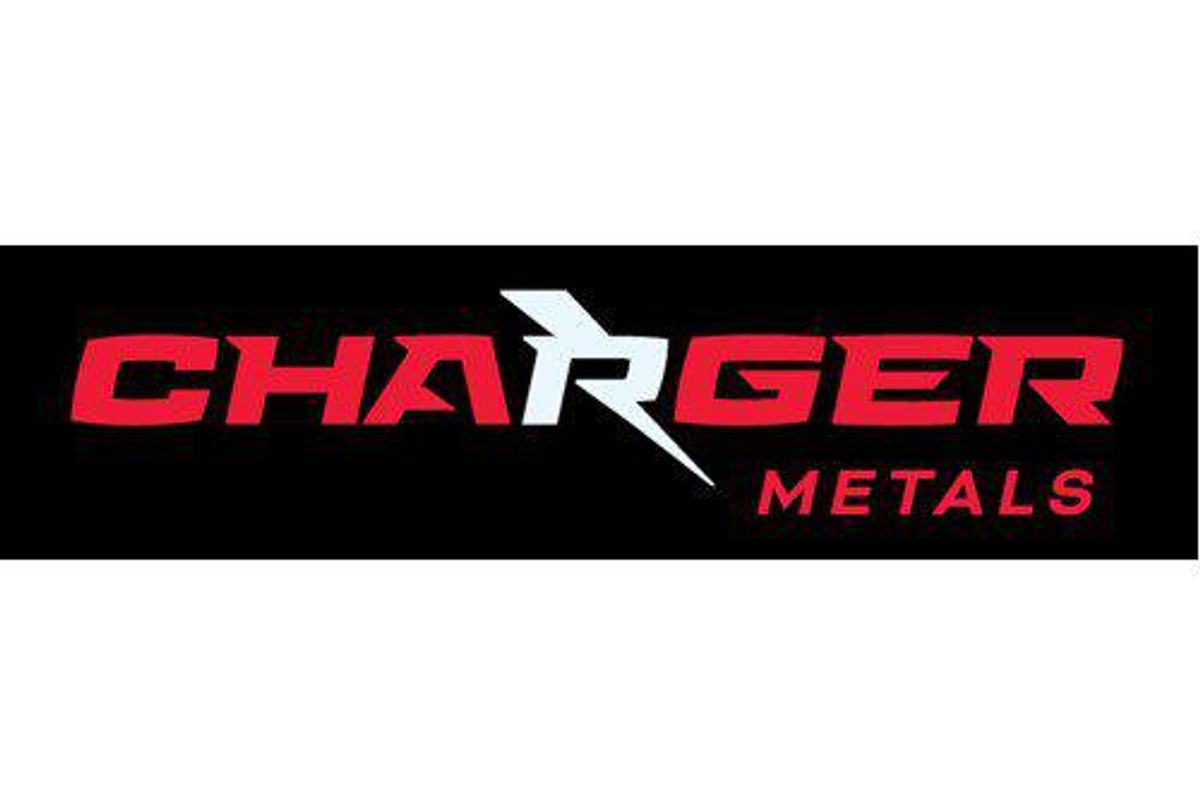
- NORTH AMERICA EDITIONAustraliaNorth AmericaWorld
January 16, 2022
Charger Metals NL (ASX: CHR, Charger or the Company) is pleased to provide an update for its Bynoe Lithium Project in Australia’s Northern Territory. The Bynoe Lithium Project’s ownership is 70% Charger and 30% Lithium Australia NL (ASX: LIT) and is surrounded by Core Lithium Ltd’s (ASX: CXO) Finniss Lithium Project (which has a JORC 2012 compliant Mineral Resource2 totalling 15Mt at 1.3% Li2O).
HIGHLIGHTS
- Recent geochemistry and aeromagnetic programs completed by Charger, combined with drilling information provided to the market by Core Lithium Ltd (ASX: CXO), suggests multiple swarms of lithium-caesium- tantalum (LCT) pegmatites that extend from the adjacent Finniss Lithium Project into Charger’s Bynoe Lithium Project.
- The geochemistry results highlight two large LCT pegmatite target zones, with significant strike lengths of 8km at Megabucks and 3.5km at 7-Up.
- Within each pegmatite zone, drill-ready lithium targets have been identified including at the Megabucks, Jenna’s, Enterprise 1, Enterprise 2, Riverside and 7-Up pegmatites.
- Charger’s aeromagnetic survey imagery indicates that recent drilling by Core Lithium Ltd:
- Which intersected high grade spodumene mineralisation at its Ah Hoy prospect1, is located 3km northeast along trend from Charger’s 7-Up prospect; and
- Which intersected lithium-fertile LCT pegmatites at Centurion, is 600m southwest along trend from Charger’s Enterprise 1 Prospect.
- Planning and permitting for the maiden drill programme at the Bynoe Lithium Project is advancing.
Comment from Charger’s Managing Director, DavidCrook
“Charger’s 2021 geochemistry program has very successfully outlined two large pegmatite emplacement zones which extend for up to 8km, centred on the Megabucks and the 7-Up prospects respectively.
The interpretation of all geochemistry results suggest a large lithium-mineralised system and provides Charger with an exploration roadmap, enabling prioritization of the most significant drill-ready targets while identifying areas that need further infill soil sampling and mapping.
The Company is advancing planning and permitting towards its maiden drilling program at Bynoe, aimed to commence at the cessation of the Northern Territory wet season.”
Click here for the full ASX Release
This article includes content from Charger Metals, licensed for the purpose of publishing on Investing News Australia. This article does not constitute financial product advice. It is your responsibility to perform proper due diligence before acting upon any information provided here. Please refer to our full disclaimer here.
CHR:AU
The Conversation (0)
11 December
Mining the Gap: 5 Forces Shaping North America’s Lithium Supply Chain
A convergence of industry investments, government initiatives and a shifting global trade dynamic is creating an environment ripe for the development of a North American battery supply chain, with lithium playing a leading role. These trends are reshaping the region’s industrial base and opening... Keep Reading...
10 December
Rock Bottom: Strategic Window for Ground-level Lithium Investment
When lithium prices hit bottom, savvy investors know that’s exactly where the next big discovery begins — literally. Beneath the surface of global markets and remote exploration grounds, new opportunities are forming in the wake of a sharp price reset and renewed geopolitical urgency.Recent... Keep Reading...
10 December
Liontown Resources Pens Lithium Offtake Agreement with China's Canmax
Liontown Resources (ASX:LTR,OTC Pink:LINRF) has executed a binding offtake agreement with Chinese conglomerate Canmax Technologies (SZSE:300390) as part of its strategy to diversify its customer base.“Listed on the Shenzhen Stock Exchange, Canmax is one of the world’s leading manufacturers of... Keep Reading...
08 December
Trading Halt
Jindalee Lithium (JLL:AU) has announced Trading HaltDownload the PDF here. Keep Reading...
05 December
Livium Receives A$663k in RsD Tax Incentive Rebates for VSPC
Livium Ltd (ASX: LIT) (“Livium” or the “Company”) advises that it has received A$663,000 in research and development ("R&D") tax incentive rebates from the Australian Tax Office for the 2025 financial year ("FY25"), relating to its wholly owned subsidiary VSPC Pty Limited ("VSPC"). The rebate... Keep Reading...
01 December
Why SQM Says Social Dialogue is Key to Sustainable Lithium
As scrutiny continues to intensify across the battery metals supply chain, the conversation around sustainability has moved far beyond carbon footprints. At this year’s Benchmark Week, Stefan Debruyne, director of external affairs at Sociedad Quimica y Minera de Chile (SQM) (NYSE:SQM), made that... Keep Reading...
Latest News
Latest Press Releases
Related News
TOP STOCKS
American Battery4.030.24
Aion Therapeutic0.10-0.01
Cybin Corp2.140.00
